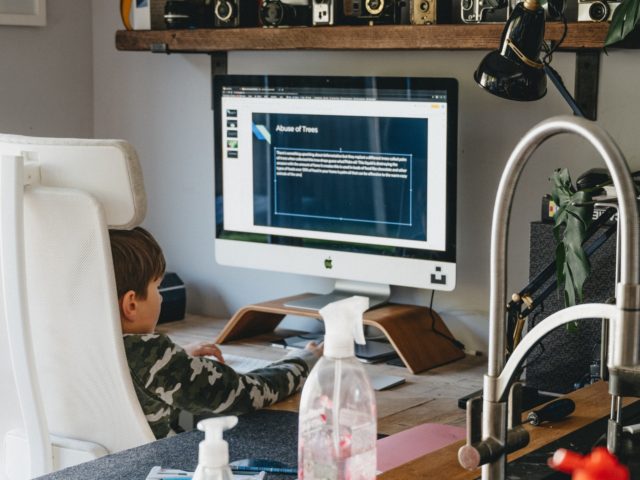Education media are reporting that most of the nation’s large public school districts have opted for a totally remote learning model this fall as concerns about the Chinese coronavirus continue.
Education Week reported that, as of August 6, 17 of 20, or 85 percent, of the nation’s largest school districts are opting for a totally remote learning model of instruction.
The education outlet described the decisions being made by school district leaders as “high-stakes,” and noted the situation is “rapidly evolving.”
New York City, the largest school district in the country, plans to use a “hybrid/partial” learning model, which is defined as “limited, in-person reopening. May include modifications such as social distancing and student capacity limits.”
The journal Education Next also observed that, to date, 35 of the nation’s 50 largest public school districts, or 70 percent, have chosen a totally remote learning model that drops in-school instruction for their students.
Christopher Cleveland reviewed the plans of these districts that “educate more than five million children,” and wrote district leaders concluded “in-person instruction is either medically or politically too risky or logistically too difficult to execute in the face of the COVID-19 pandemic.”
Cleveland also noted some school districts are still solidifying their plans even as school is scheduled to open within two weeks.
In his analysis, eight of the 50 largest school districts have opted for a “multiple” learning model which offers students both in-person and remote learning options. Cleveland reported:
A district pursuing “multiple options” is the Cypress-Fairbanks Independent School District in Texas. Cypress-Fairbanks will offer both on-campus learning and a remote learning option. Both options will follow the same instructional year calendar, grading procedures, and attendance policies, as well as the same curriculum. Pinellas County Schools in Florida is offering three distinct learning options for families to select— “traditional,” “online,” and “virtual.” These options have implications for a student’s ability to remain enrolled in their current school.
According to his data, only 2 of the 50 largest school districts have, to date, chosen a “hybrid” model, whereby students spend some time in school and some time learning remotely, and another 2 districts opted for “in-person” instruction only.
The Center on Reinventing Public Education (CRPE) observed school districts are facing an “uncertain” year ahead. A review of data collected at the end of July from a sample of 477 districts across the United States found while 51 percent of districts surveyed plan to have at least partial in-school instruction, many school districts are undecided.
CRPE noted most school districts are responding to parents’ requests for remote learning options.
“Based on our national data, many school districts have listened: a majority plan to offer a virtual ‘home choice’ option that families can opt into, typically for at least the first quarter or semester,” CRPE reported.

COMMENTS
Please let us know if you're having issues with commenting.